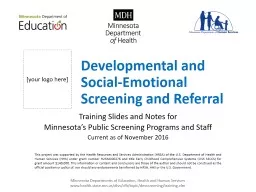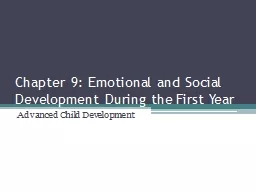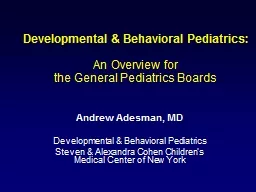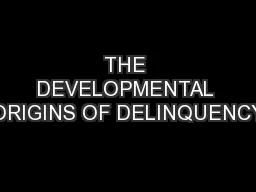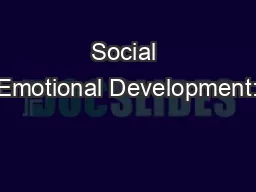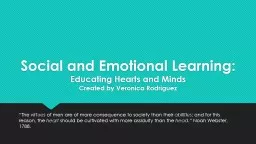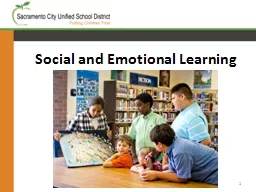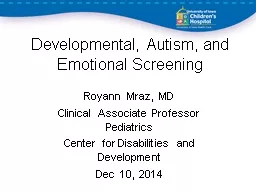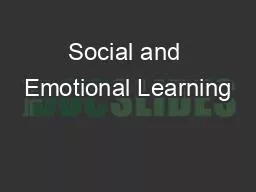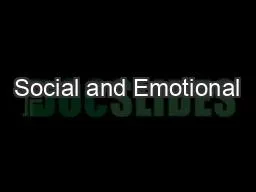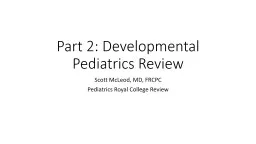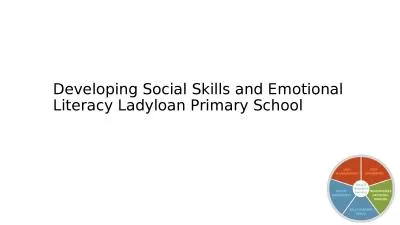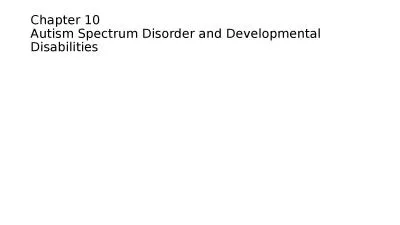PPT-Developmental and Social-Emotional
Author : missingsole | Published Date : 2020-06-16
Screening and Referral Training Slides and Notes for Minnesotas Public Screening Programs and Staff Current as of November 2016 This project was supported
Presentation Embed Code
Download Presentation
Download Presentation The PPT/PDF document "Developmental and Social-Emotional" is the property of its rightful owner. Permission is granted to download and print the materials on this website for personal, non-commercial use only, and to display it on your personal computer provided you do not modify the materials and that you retain all copyright notices contained in the materials. By downloading content from our website, you accept the terms of this agreement.
Developmental and Social-Emotional: Transcript
Download Rules Of Document
"Developmental and Social-Emotional"The content belongs to its owner. You may download and print it for personal use, without modification, and keep all copyright notices. By downloading, you agree to these terms.
Related Documents

